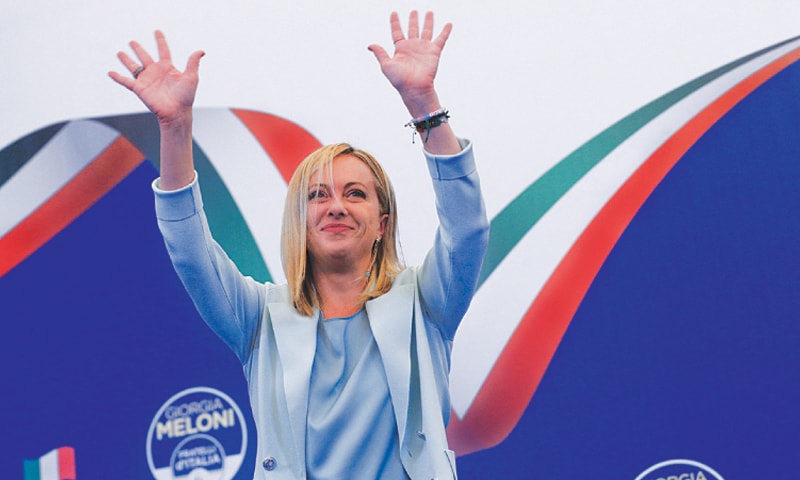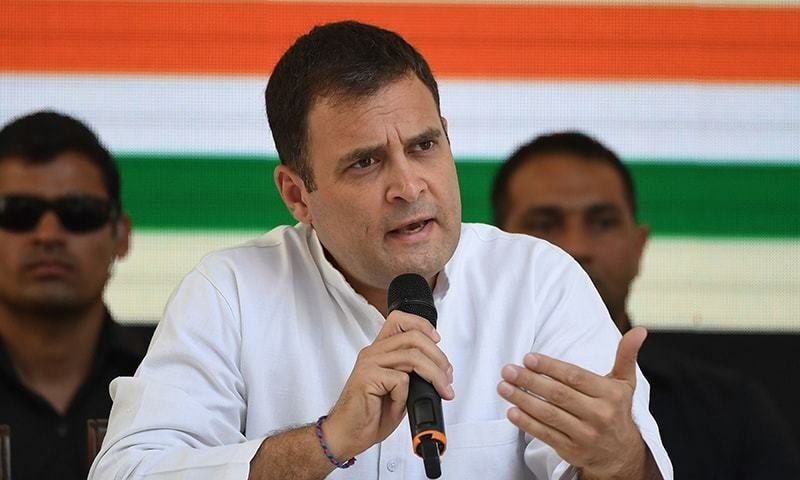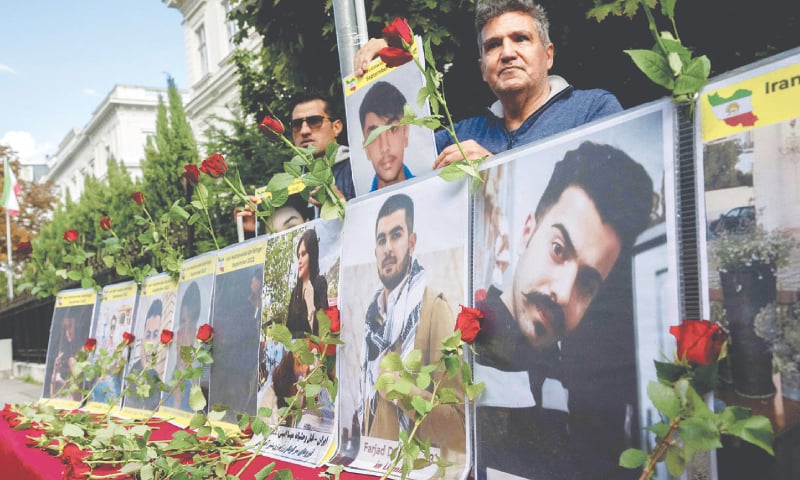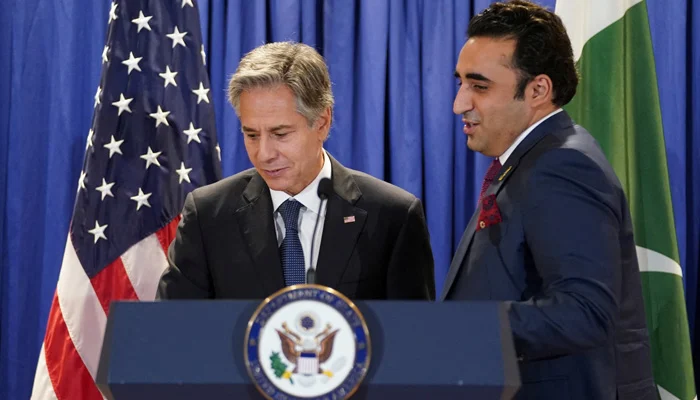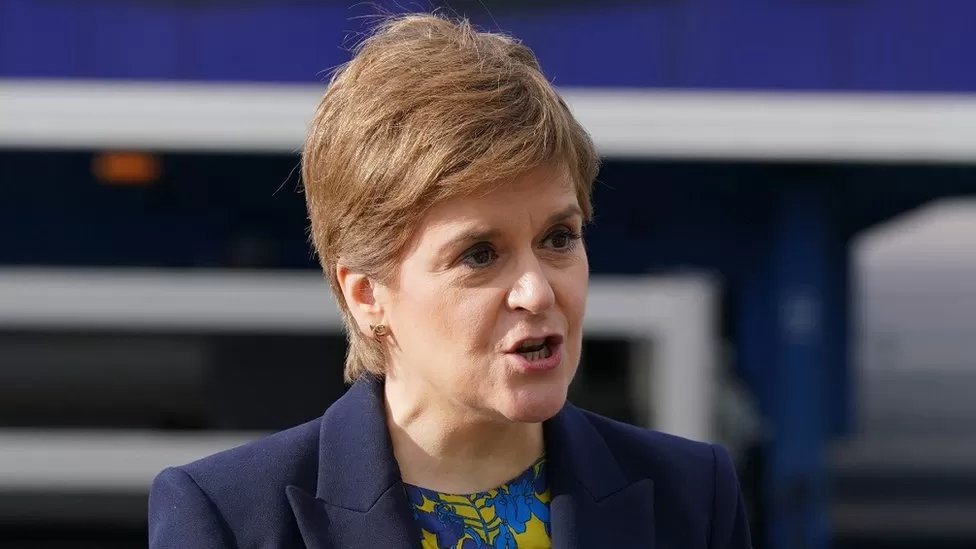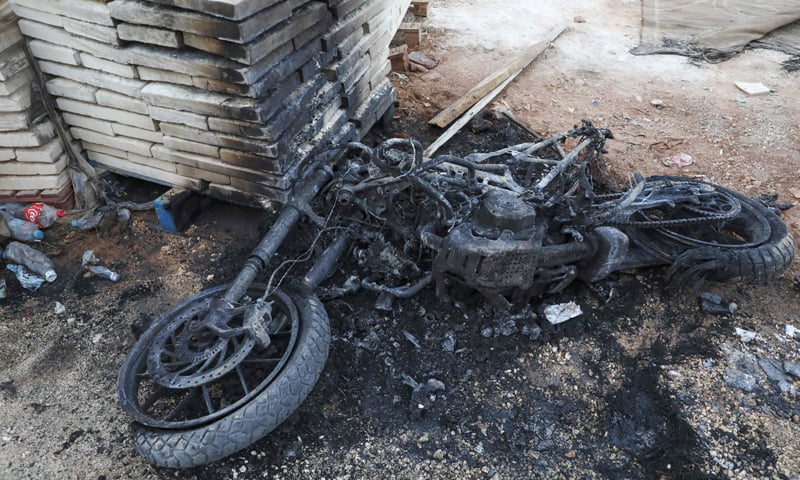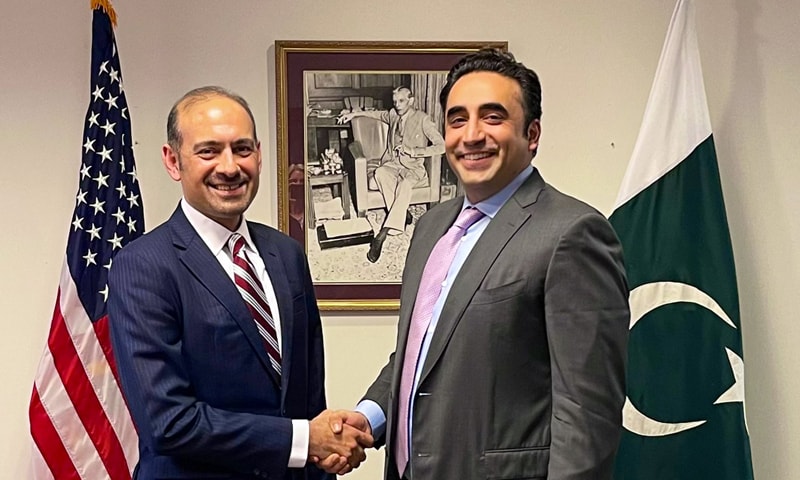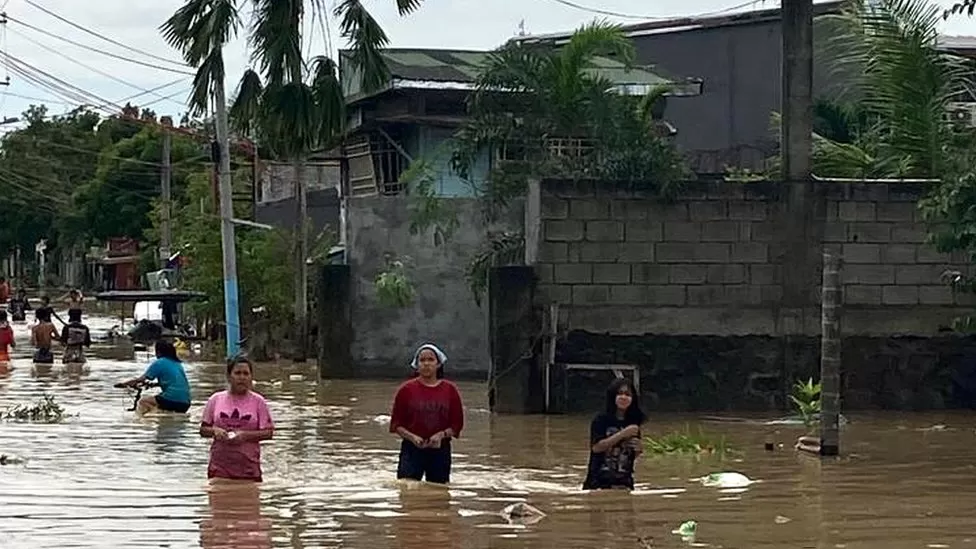Near final results showed the rightist bloc should have a solid majority in both houses of parliament, potentially giving Italy a rare chance of political stability after years of upheaval and fragile coalitions.
“We must remember that we are not at the end point, we are at the starting point. It is from tomorrow that we must prove our worth,” the 45-year-old Meloni told cheering supporters of her nationalist Brothers of Italy party early Monday morning.
Meloni and her allies face a daunting list of challenges, including soaring energy prices, war in Ukraine and renewed slowdown in the euro zone’s third largest economy.
Her coalition government, Italy’s 68th since 1946, is unlikely to be installed before the end of October and Prime Minister Mario Draghi remains at the head of a caretaker administration for now.
European capitals and financial markets will carefully scrutinise her early moves — starting from her ministerial picks — given her eurosceptic past and her allies’ ambivalent position on Russia.
Initial market reaction on Monday was muted, with the outcome having been widely forecast in opinion polls.
“What Italy needs is a stable government”, Giovanni Donzelli, a senior Brothers of Italy figure, told the SkyTG24 broadcasters. “The results appear to gives us this possibility and we wont shy away from it”.
Meloni plays down her party’s post-fascist roots and portrays it as a mainstream group like Britain’s Conservatives. She has pledged to back Western policy on Ukraine and not take risks with Italy’s fragile finances. She struck a conciliatory tone in her victory speech.
“If we are called on to govern this nation we will do it for all the Italians, with the aim of uniting the people and focusing on what unites us rather than what divides us,” she said. “This is a time for being responsible.”
With results counted in more than 97pc of polling stations, the Brothers of Italy led with more than 26pc, up from just 4pc in the last national election in 2018, supplanting Matteo Salvini’s League party as the driving force on the right.
The League took only around 9pc of the vote, down from more than 17pc four years ago. The other major conservative party, Silvio Berlusconi’s Forza Italia, scored around 8pc.
Meloni’s alliance is split on some highly sensitive issues that might be difficult to reconcile once in government.
Salvini, for example, questions the West’s sanctions against Russia and both he and Berlusconi have often expressed their admiration of its leader Vladimir Putin.
They also have differing views on how to deal with surging energy bills and have laid out a raft of promises, including tax cuts and pension reform, that Italy will struggle to afford.
Sarah Carlson, senior vice president of Moody’s credit ratings agency, said the next Italian government will have to manage a debt burden “that is vulnerable to negative growth, funding cost, and inflation developments”.
Meloni will take over from Draghi, the former head of the European Central Bank, who pushed Rome to the centre of EU policy-making during his 18-month stint in office, forging close ties with Paris and Berlin.
In Europe, the first to hail her victory were hard-right opposition parties in Spain and France, and Poland and Hungary’s national conservative governments which both have strained relations with Brussels.
Despite its clearcut result, the vote was not a ringing endorsement for the right bloc. Turnout was just 64pc against 73pc four years ago — a record low in a country that has historically had strong voter participation.
The right took full advantage of Italy’s electoral law, which benefits parties that forge pre-ballot alliances. Centre-left and centrist parties failed to hook up and even though they collectively won more votes, they ended up with far fewer seats.
The centre-left Democratic Party (PD) took some 19pc, while the left-leaning, unaligned 5-Star Movement scored around 15pc, a result above expectations. The centrist “Action” group won almost 8pc.
“This is a sad evening for the country,” said Debora Serracchiani, a senior PD lawmaker. “(The right) has the majority in parliament, but not in the country.”


